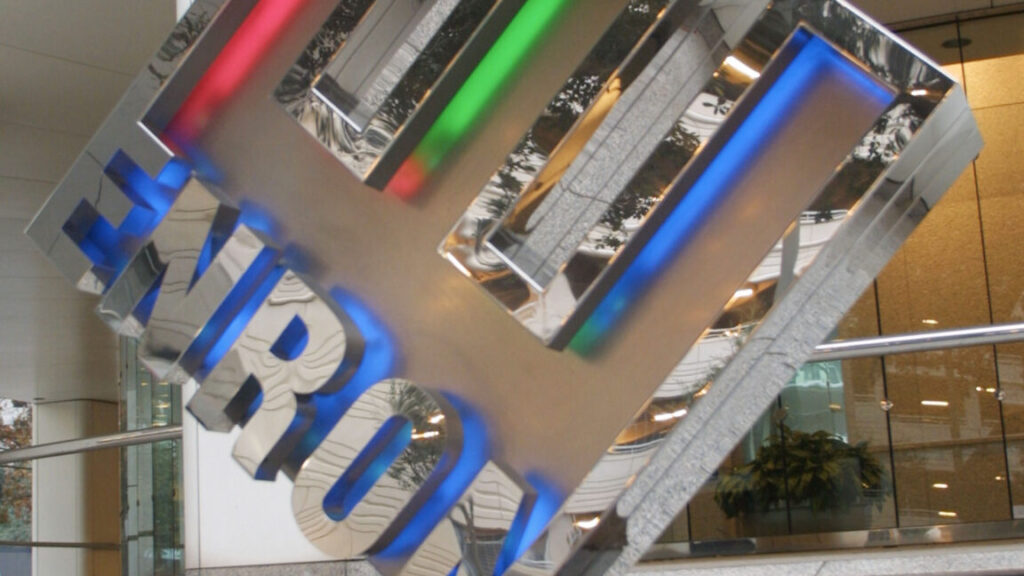
Oh, Enron, I thought—hoped and dreamed?—you were long, long gone, confined to the dustbin of history reserved for seriously fraudulent companies.
But apparently not.
More than two decades after Enron’s bankruptcy in December 2001, the company is back. Well, at least an entity using the website Enron.com went public on Monday, announcing Enron’s relaunch as “a company dedicated to solving the global energy crisis.”
On social media, the company posted a simple message: “We’re back. Can we talk?”
I mean, I’d rather not. But you may be wondering—especially if you’re under the age of 40—why this is news. Moreover, why is Ars Technica’s space editor writing about it? Well, gather round the campfire for a little bit of history, my friends.
What Enron was
A quarter of a century ago, Enron was a titan of US industry. It was this amazing Houston success story that revolutionized the trading of energy as a commodity and did a lot of other cutting-edge things like trading bandwidth, delivering home video, and essentially seeking to own the Internet. It began to report incredible revenues in excess of $100 billion a year, and the company’s chief executive, Ken Lay, was among the most prominent people in Houston, where I live.
Only it all turned out to be this huge fraud. It was bigger than the Theranos scandal, before Theranos existed. Wikipedia does a nice job of summarizing what went down: “Enron’s reported financial condition was sustained by an institutionalized, systematic, and creatively planned accounting fraud.”
Yep, pretty much. It all unraveled quickly at the end of 2001.
Lay died of a heart attack while awaiting sentencing for being found guilty on multiple counts of conspiracy and fraud. The firm’s president, Jeffrey Skilling, was convicted of conspiracy, insider trading, and securities fraud. He served 12 years of a 24-year sentence before being released from prison in 2019. Chief Financial Officer Andrew Fastow received a sentence of six years in prison after cooperating with federal authorities. One of the “big five” accounting firms, Arthur Andersen, was dissolved entirely for its part. It was all a big hullabaloo, and the Enron scandal became a cautionary tale.